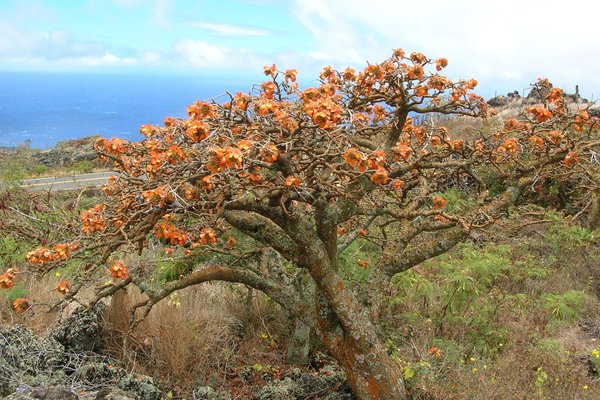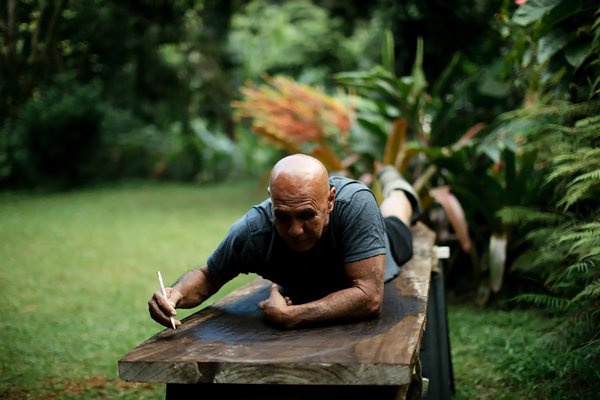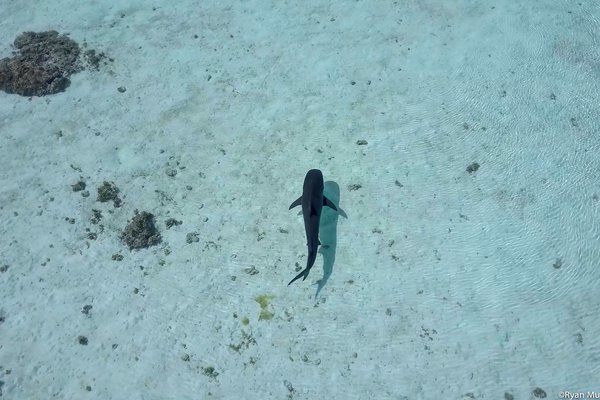Hawaii
Hawaii is an archipelago of 137 volcanic islands in the Pacific Ocean and the first peoples of the Hawaiian islands are the Kānaka Maoli. Explore the home of the world's largest protected marine areas and learn from the wisdom of the First Nation Hawaiian peoples.
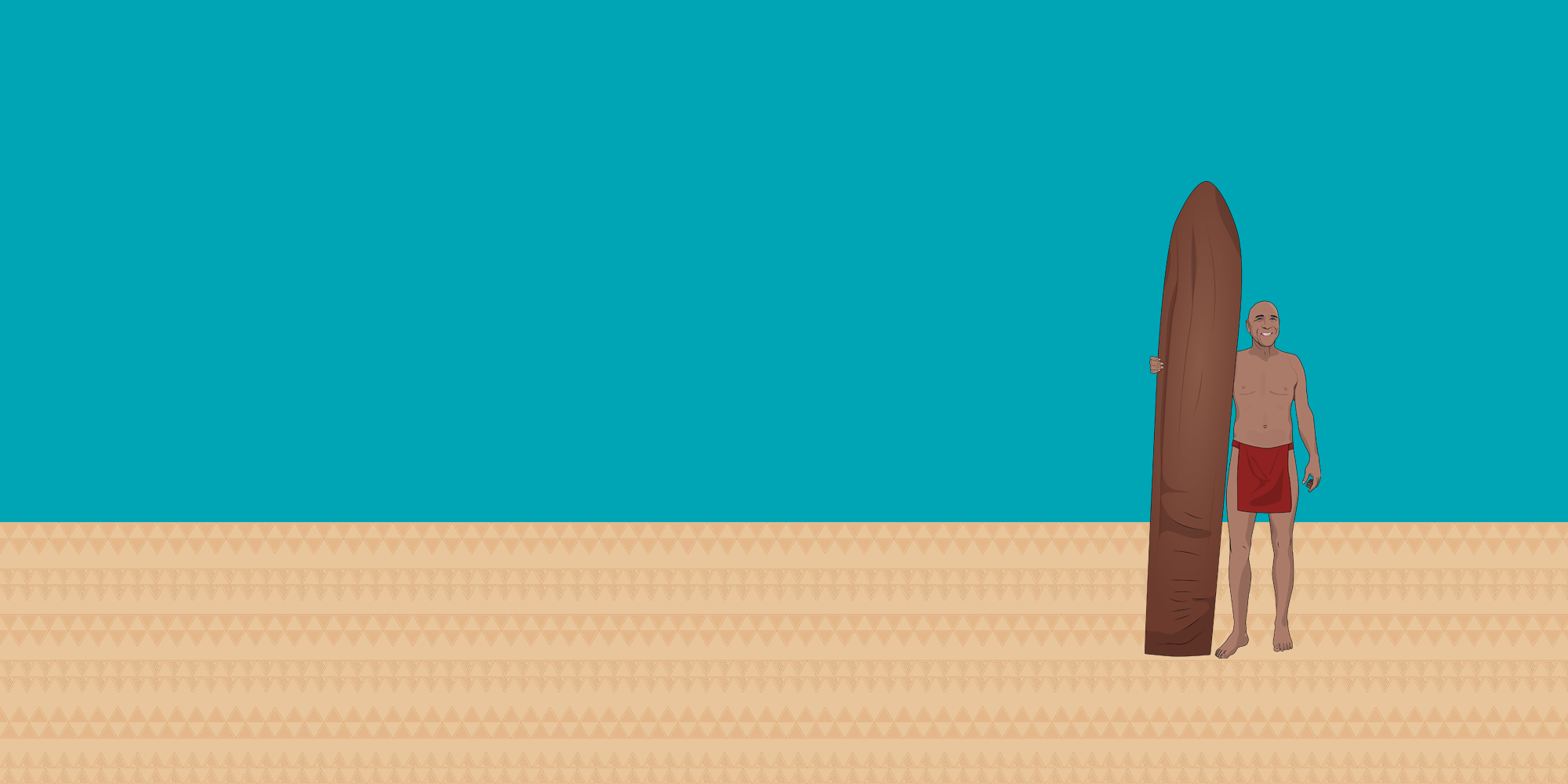

The first peoples of the Hawaiian islands
The first peoples of the Hawaiian islands are the Kānaka Maoli.
Hawaii is an archipelago of 137 volcanic islands in the Pacific Ocean, about 3200km from the USA mainland. About 40 species of sharks enjoy the warm waters around Hawaii’s islands.
These include the Hammerhead, Tiger, Galapagos and Blacktip Reef Shark.

Video Transcript
We actually come as ocean people and we all have a connection to what we call an ‘aumākua. An ‘aumākua is a family god. It actually speaks of our lineage and how we're connected to our ancestral spirits. And so my ‘aumākua just happens to be the Mano Niuhi, which is in English, the tiger shark.
‘Aumākua were ancestral guardian spirits. So as you passed away, you took on this body form of a protective, usually animal presence, that would come and assist you in times of need or come into your dreams. And it was something that you had to mālama, that you had to take care of. It was a very reciprocal relationship.
I can remember the first time I got into the ocean and I saw shark, and I was totally "Woah, no" and my mother just told me "It's okay. They're there to make sure you're protected."
The tradition is the first catch in spearfishing - you always give it to your ‘aumākua. And it was interesting because no matter what I caught, that shark would come in and take it. And from that time on, whenever I swam miles offshore, the shark would always be hovering just outside of my full vision. But I always felt safe. I felt safe, and getting back to shore, the shark would leave.
I've had opportunities where standing on the beach and water that's knee high and have a 12 foot Mano come to me and touch me.
I was windsurfing with my younger son, who was 15 at the time, from island to island, and there was this moment when my son pulled away from me because his board started planing, and during that time, I was watching the sun go down and realising I wasn't going very fast. And this fish started to come up from the depths, and it just got bigger and bigger and bigger, and I know the board I was on was 13 foot six inches long, and when that shark reached the top, on the surface, it was a lot bigger than my board.
And I felt it push up on my board, and I thought it was trying to knock me off. But then I realized that as it turned, it started to sweep me towards Maui, and we were going very fast. Right. And it was just swimming. And then when I got to the wind line and my sail filled, the shark rolled over and I saw its left eye and it sort of blinked and it just disappeared into the depths of the ocean. But my main concern was my son. I didn't know what happened to him.
But this resort I ended up that I said I was looking for this young boy. They went "What boy?" And I said, "Oh, he was windsurfing across the channels." and they go, "Oh, he's right there." They were feeding my son. So, you know, the ‘aumākua brought me to where I was supposed to be to find my son, because my wife at the time would have killed me.
Even as a young child, I always remember in the news the push to do away with shark culling and to respect native Hawaiian traditions and understand the place of sharks in our environment.
There's always one shark that controls everybody else, and that's the one you don't want to take, because that's why we have a lot of issues with sharks, is we remove the one that is connected to us spiritually and we leave all the other ones that haven't learned yet.
One early morning with friends of mine - it was in April - we paddled out and it was perfect waves, but it was infested with sharks, just sharks everywhere. And all I saw was the sharks going through the waves like five or six of them. So I just caught the wave and my friend was sitting out there and I was like "Come back." And then there was this big dorsal fin, maybe like that big behind him. And he looked back and he just paddled, caught the wave.
And I talked to my mom and she said, "Oh, yeah, you got to remember - the williwilli blooms during its mating season, which is in April, and then late August, September, that's the time when the williwilli blooms again. That's when it's birthing." So there's always a breeding, mating and a birthing season, right? It's like, what don't people get? You have to be respectful. And that's the time you don't want to be in certain places.
Being respectful is about understanding when to leave the environment that belongs to them. And not to say, "Oh, you know, the shark is here, or the sharks are here. It's okay. I fit in." That's not really the reality. The sharks are there at a certain time for a reason, and they're there because it's their feeding time. It's their life. And so you have to be able to see that and be respectful of that and give them their space and environment and be respectful of it.

Papahānaumokuākea
Hawaii is home to one of the world’s largest protected marine areas – far larger than the inhabited islands themselves.

Created in 2006, the Papahānaumokuākea Marine National Monument is a World Heritage listed USA National Monument. It encompasses 1,510,000km2 of ocean waters, including ten islands and atolls of the Northwestern Hawaiian Islands.
Named after the Hawaiian creator goddess Papahānaumoku and her husband Wākea, the monument embodies the concept of kinship between people and the natural world, and is the place where life begins and where the spirits return to after death.
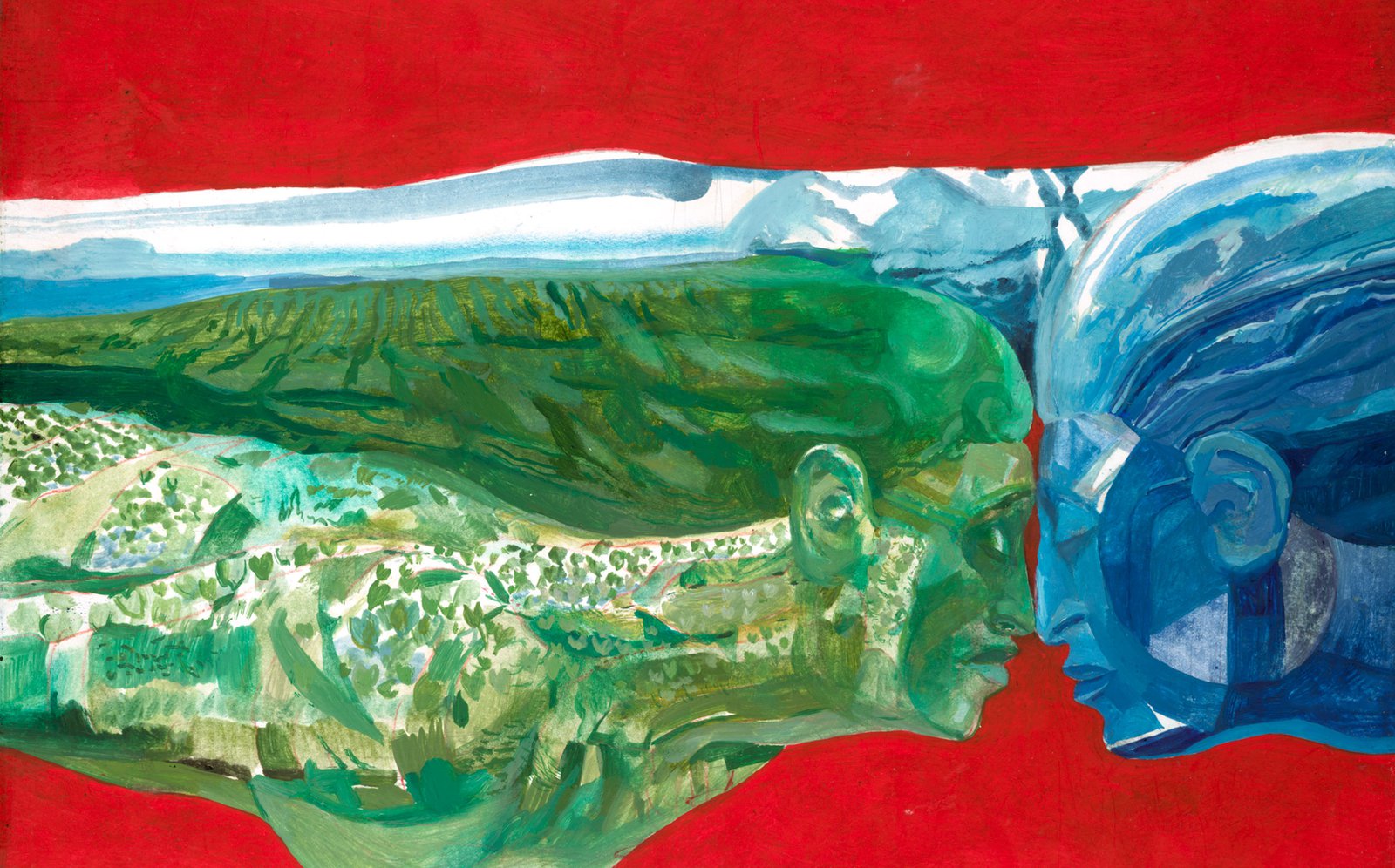
Still breathing
Unlike most other sharks, the Whitetip Reef Shark, Triaenodon obesus, doesn’t need to keep moving in order to ‘breathe’ through its gills.
Around Hawaii, these sharks hang out in narrow volcanic tunnels.

Ancestral Spirits
First Nation Hawaiian peoples see themselves as part of a continuum going back to the ancestral spirits (‘aumākua) who created the universe.
‘Aumākua were invisible, but able to inhabit natural forms, like rocks or animals. They could appear to express concern for the living, warn of danger, and provide comfort or help in times of need.
Some families believe that a spirit can appear as a shark, perhaps to chase fish into nets, or to guide a lost canoe to safety. For them, the killing or eating of any shark is an act of serious disrespect – one for which they might be punished.
Respect for an ‘aumākua was shown by living in a way that was true to the virtues of one’s ancestors. Prayers might be offered to ‘aumākua and sometimes food rituals were held.

My mother taught me to smell the water, taste the water, feel the water, like a shark.
I began surfing at four or five years old. We learn very early about the ocean.
Tom Pohaku Stone was about eight when he first came across a shark while surfing. He’d paddled from Waikiki to Sand Island, several kilometres away.
Coming home, he had to cross a channel at a place called ‘the garbage dump’, where rubbish went straight into the sea.
A huge Tiger Shark was there.
We climbed out and watched it. In late afternoon the sharks always came along to eat. We waited for a while, then got back in the water and had to cross the next channel which was where the tuna packers discarded the tuna remains!
My Dad and uncles told us that we needed to be respectful and be aware of what the sharks were doing. Sharks were always there, but I don’t ever remember anyone being bitten inside Waikiki.
Tom Pohaku Stone. Native person of the Ocean and student of the old ways.

Tom Pohaku Stone. Native person of the Ocean and student of the old ways.
Image: Tom Pohaku Stone © Tom Pohaku Stone